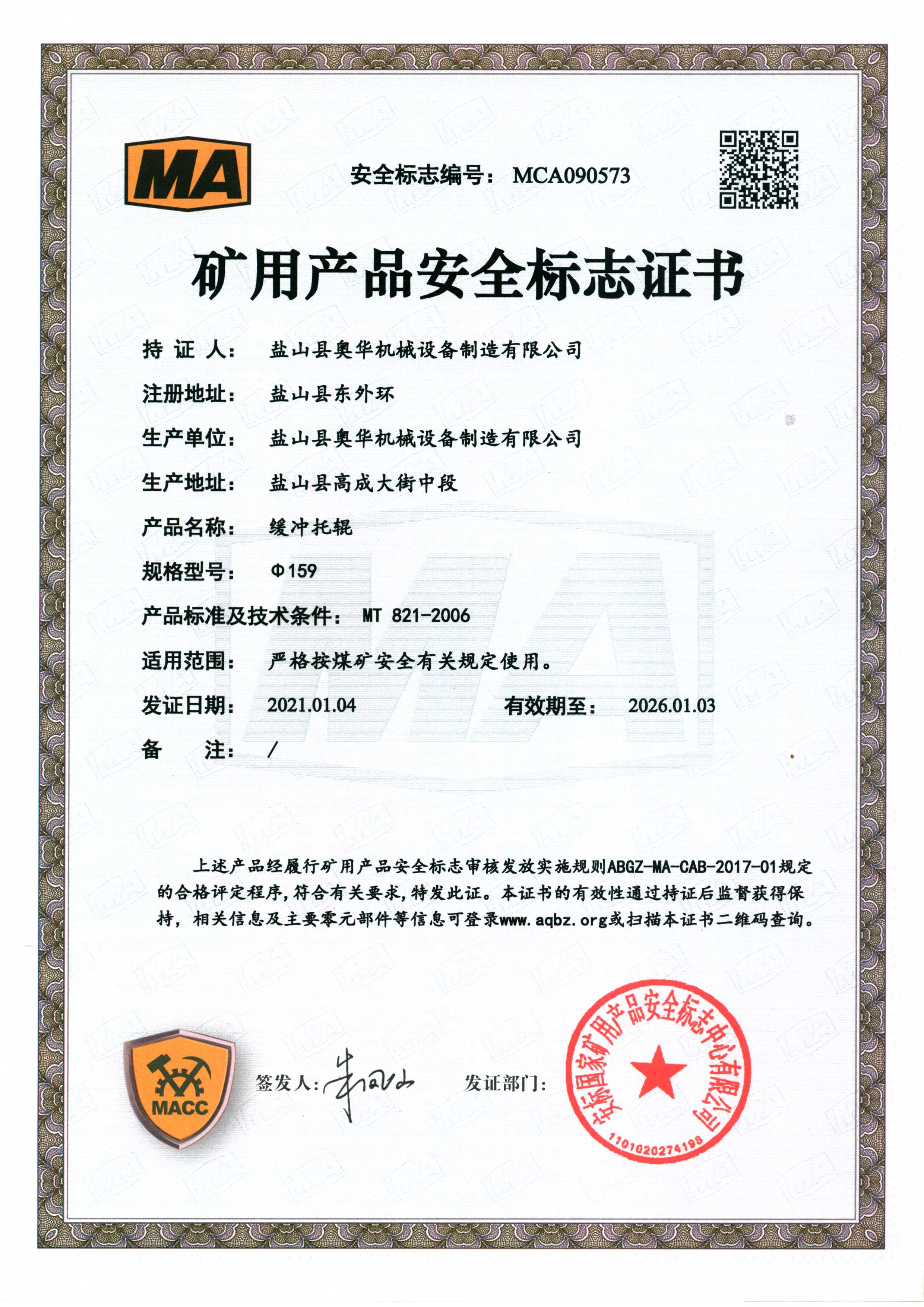 Afrikaans
Afrikaans  Albanian
Albanian  Amharic
Amharic  Arabic
Arabic  Armenian
Armenian  Azerbaijani
Azerbaijani  Basque
Basque  Belarusian
Belarusian  Bengali
Bengali  Bosnian
Bosnian  Bulgarian
Bulgarian  Catalan
Catalan  Cebuano
Cebuano  Corsican
Corsican  Croatian
Croatian  Czech
Czech  Danish
Danish  Dutch
Dutch  English
English  Esperanto
Esperanto  Estonian
Estonian  Finnish
Finnish  French
French  Frisian
Frisian  Galician
Galician  Georgian
Georgian  German
German  Greek
Greek  Gujarati
Gujarati  Haitian Creole
Haitian Creole  hausa
hausa  hawaiian
hawaiian  Hebrew
Hebrew  Hindi
Hindi  Miao
Miao  Hungarian
Hungarian  Icelandic
Icelandic  igbo
igbo  Indonesian
Indonesian  irish
irish  Italian
Italian  Japanese
Japanese  Javanese
Javanese  Kannada
Kannada  kazakh
kazakh  Khmer
Khmer  Rwandese
Rwandese  Korean
Korean  Kurdish
Kurdish  Kyrgyz
Kyrgyz  Lao
Lao  Latin
Latin  Latvian
Latvian  Lithuanian
Lithuanian  Luxembourgish
Luxembourgish  Macedonian
Macedonian  Malgashi
Malgashi  Malay
Malay  Malayalam
Malayalam  Maltese
Maltese  Maori
Maori  Marathi
Marathi  Mongolian
Mongolian  Myanmar
Myanmar  Nepali
Nepali  Norwegian
Norwegian  Norwegian
Norwegian  Occitan
Occitan  Pashto
Pashto  Persian
Persian  Polish
Polish  Portuguese
Portuguese  Punjabi
Punjabi  Romanian
Romanian  Russian
Russian  Samoan
Samoan  Scottish Gaelic
Scottish Gaelic  Serbian
Serbian  Sesotho
Sesotho  Shona
Shona  Sindhi
Sindhi  Sinhala
Sinhala  Slovak
Slovak  Slovenian
Slovenian  Somali
Somali  Spanish
Spanish  Sundanese
Sundanese  Swahili
Swahili  Swedish
Swedish  Tagalog
Tagalog  Tajik
Tajik  Tamil
Tamil  Tatar
Tatar  Telugu
Telugu  Thai
Thai  Turkish
Turkish  Turkmen
Turkmen  Ukrainian
Ukrainian  Urdu
Urdu  Uighur
Uighur  Uzbek
Uzbek  Vietnamese
Vietnamese  Welsh
Welsh  Bantu
Bantu  Yiddish
Yiddish  Yoruba
Yoruba  Zulu
Zulu drive belts and pulleys
Understanding Drive Belts and Pulleys A Comprehensive Overview
The mechanics of machinery are often complex, yet the fundamental components that enable various functionalities are quite simple. Among these crucial components are drive belts and pulleys. They play an essential role in transferring power and motion from one part of a machine to another, making them fundamental in various applications from automobiles to industrial machinery.
What are Drive Belts?
Drive belts are flexible loops made of rubber, fabric, or a combination of materials that transmit power between two or more pulleys. Their primary function is to bridge the gap between power sources and driven components, ensuring that energy is efficiently transferred. There are several types of drive belts, including flat belts, V-belts, and synchronous belts. Each type serves specific applications and exhibits unique advantages.
Flat Belts These are traditional belts that are used in various mechanical systems, particularly in older machinery. They are characterized by their flat, wide design, which offers a high degree of flexibility. Flat belts are often used in applications requiring a large distance between pulleys.
V-Belts Perhaps the most common type of drive belt, V-belts have a wedge-shaped cross-section. This design enhances the friction between the belt and the pulley, allowing for a more efficient transfer of power. V-belts are prevalent in automotive engines, HVAC systems, and various industrial machines due to their ability to handle significant loads and their relatively compact geometry.
Synchronous Belts Also known as timing belts, these have teeth that interlock with corresponding grooves on pulleys. This feature ensures precise movement and timing, making them ideal for applications where synchronization is crucial, such as in camshaft drives in engines.
The Role of Pulleys
Pulleys are wheel-like devices designed to change the direction of force and transmit power through belts. They come in various shapes and sizes, often made from metals, plastics, or composites, depending on the application. Pulleys can be classified into different types, including fixed pulleys, movable pulleys, and compound pulleys.
Fixed Pulleys These types of pulleys do not move with the load. Instead, they are anchored at a point and are often used to redirect force. For example, in a flagpole, the fixed pulley allows the user to raise and lower the flag with ease.
drive belts and pulleys

Movable Pulleys Unlike fixed pulleys, movable pulleys can move along the same axis as the load they are lifting. This design effectively reduces the amount of force required to lift a heavy object, making it easier for the user.
Compound Pulleys These involve a combination of fixed and movable pulleys, creating a more complex system that further reduces the effort needed to lift weights. They are commonly found in cranes and heavy lifting equipment.
Benefits of Drive Belts and Pulleys
The integration of drive belts and pulleys in mechanical systems offers numerous advantages
1. Efficiency Drive belts allow for smooth and efficient power transfer, minimizing energy loss. 2. Ease of Use The mechanical advantage provided by pulleys means that users can lift or move loads with significantly less effort. 3. Versatility These components are adaptable and can be configured in various ways to suit different applications, from small machinery to heavy industrial equipment. 4. Reduced Maintenance Compared to other power transmission methods, such as gears, belts and pulleys require less maintenance and are easier to replace.
Applications in Industry
Drive belts and pulleys are ubiquitous across numerous industries. In the automotive sector, they are crucial for driving alternators, water pumps, and air conditioning compressors. In manufacturing, conveyor systems often rely on belts and pulleys to move materials efficiently. Additionally, they are integral in robotics and automation, where precise and reliable motion is necessary.
Conclusion
In summary, drive belts and pulleys are fundamental components that enhance the operation of various machines. Their simple yet effective design enables efficient power transmission and reduces the effort required to perform work. As technology advances, the materials and designs of these components continue to evolve, driving innovation in numerous fields and applications. Understanding these components is essential for anyone working in engineering, maintenance, or manufacturing industries, as they are pivotal to the functionality and efficiency of the machinery we rely on daily.
-
Revolutionizing Conveyor Reliability with Advanced Rubber Lagging PulleysNewsJul.22,2025
-
Powering Precision and Durability with Expert Manufacturers of Conveyor ComponentsNewsJul.22,2025
-
Optimizing Conveyor Systems with Advanced Conveyor AccessoriesNewsJul.22,2025
-
Maximize Conveyor Efficiency with Quality Conveyor Idler PulleysNewsJul.22,2025
-
Future-Proof Your Conveyor System with High-Performance Polyurethane RollerNewsJul.22,2025
-
Driving Efficiency Forward with Quality Idlers and RollersNewsJul.22,2025





























